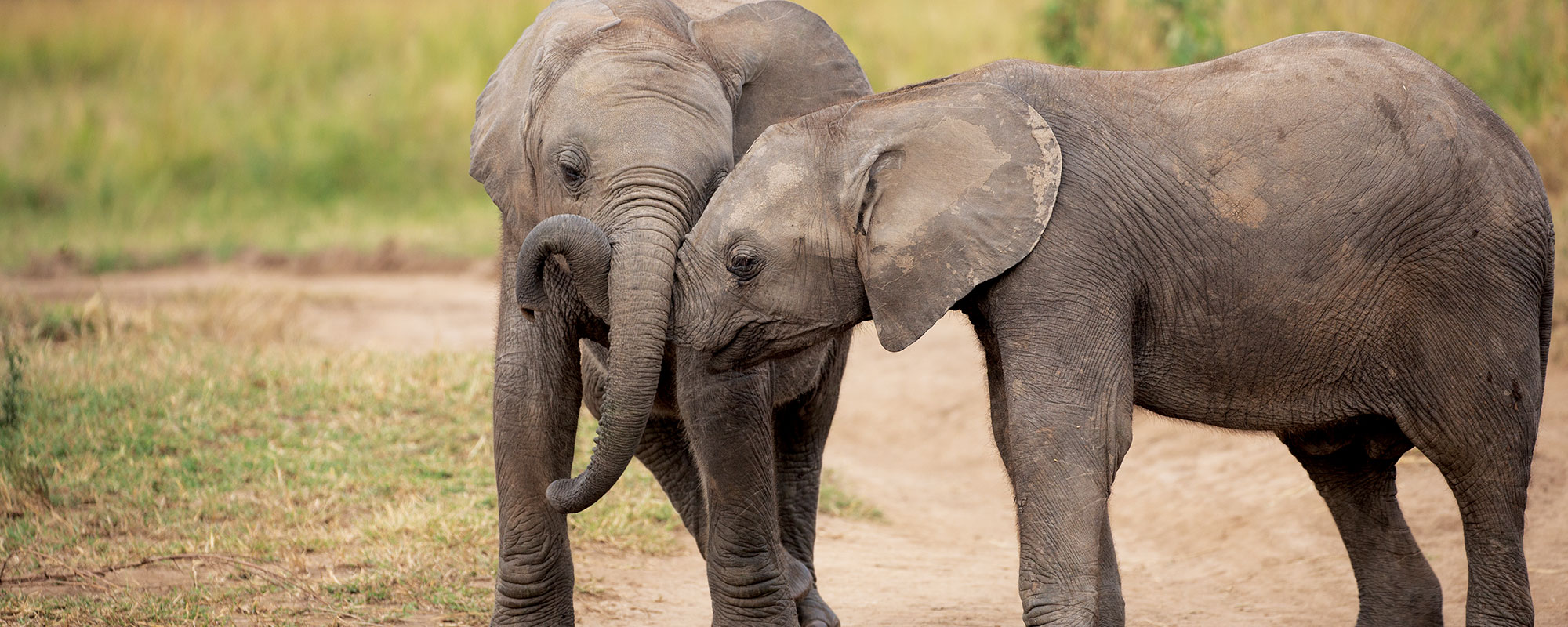- 1300 761 980

A visit to the Karen Blixen Museum features in most, if not all of our Africa itineraries. In this blog we share some history on the woman herself, her journey and world famous literary career and why we think the Karen Blixen Museum is a must see…
Born on the 17th of April 1885 in Rungsted on the Island of Zealand in Denmark; Karen’s adventurous nature likely stems from her father, Wilhelm Dinesen, who served as an army officer and worked as a fur trapper in North America. After being diagnosed with syphilis, her father killed himself when Karen was only ten years old.
Karen’s high level of education attending the Royal Academy of Art in Copenhagen as well as schools in both Paris and Rome gave her the skills to later be ale to eloquently write books in both Danish and English.
Her early writing career started when she began publishing short stories in 1905 under the pseudonym ‘Osceola’ – the name of the Seminole Indian leader; likely inspired by her father’s time in America.
Karen would later move to Kenya and marry her second cousin, Baron Bror von Blixen Finecke in 1914. Upon arrival in Kenya, they made their livelihood through a coffee plantation in the Ngong Hills.
Their prospects of a romantic adventure filled future together unfortunately did not last long. Bror’s nomadic lifestyle and being away for long periods of time either on safari or on military campaigns didn’t quite fit with married life and being a farmer. The couple would later divorce; leaving Karen to run the plantation herself as it suffered the misfortune of the great depression.
Karen contracted syphilis during her marriage to Bror; and while she didn’t suffer from the extreme symptoms of the disease, ultimately the diagnosis and subsequent treatments severely took their toll on her.
Still in Africa, Karen fell in love with Finch Hatton – an English big game hunter. Her memoir ‘Out of Africa’ recounts much of the time the two spent together. Whilst never explicitly stating the nature of their relationship, her writing of adoration for him, speaks for itself.
During the great depression, Karen’s coffee plantation really suffered. That coupled with the death of Finch Hatton in a plane crash in 1931, took tis toll on Karen’s health and finance leading her to leave Africa and return to Denmark.
Karen’s return to Denmark at the age of 46 led her to continue the stories she began while in Africa and pursue a career as a writer. By 1932 she finished one of her collections of stories. Initially Karen struggled to get her works published, as no one was keen on publishing anything from an unknown writer. However, Karen worked hard and in 1934 after the addition of another story to the collection; Karen’s first book Seven Gothic Tales was published under the pseudonym ‘Isak Dinesen’.
Following the critical acclaim of her first book; Karen released what she is most famous for, ‘Out of Africa’. In the subsequent years, she released multiple other books under the same pseudonym.
Described as a romantic and exotic tale almost like the recount of dream. Her insightful and refreshingly romantic story telling made Out of Africa one her finest works. Her deep respect for the culture of the Massai and other tribes as well as her surrounds earned her the love and respect of more and more people. Acclaimed in part due to its timely release during the war; the story, adored by millions, eventually became a motion picture in 1985 staring Meryl Streep.
Following the publication of Out of Africa; Karen published many books and maintained a rather successful writing career; even being nominated for a Nobel Prize for Literature.
Despite her age and deteriorating health, Karen continued to write and managed a range of book tours across America. She died peacefully in her sleep at the age of 77.
Numerous posthumous books have been published, including Letters from Africa; in the collection of published letters to her family, the differences between the stories in Out of Africa and her letters are highlighted. Same stories minor detail changes; making Out of Africa almost a memoir but with significance to that of Karen’s overall experience in Africa.
Located on the site of Karen’s coffee farm at the foot of the Ngong Hills; the museum itself was once Karen and her husband’s farmhouse. Over the years, the farmhouse had a series of various owners. After being gifted to the Kenyan government, they converted it to a Museum in her honour.
The museum honours the life of Karen Blixen and features many of her possessions and furniture from when she lived in the house. If you loved Out of Africa the book and/or the movie, you honestly can’t afford to miss this experience.
Suite 2, 1st Floor
261-271 Wattletree Rd
Malvern VIC 3144



For tailor-made itineraries or enquiries…